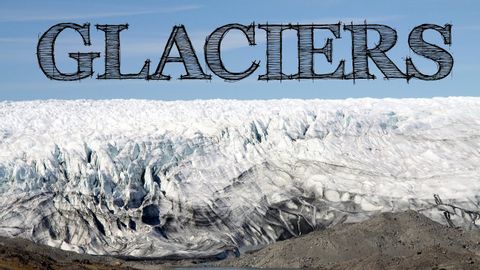
Subtitles & vocabulary
All About Glaciers for Kids: How Glaciers Form and Erode to Create Landforms - FreeSchool
00
王杰 posted on 2020/06/07Save
Video vocabulary
material
US /məˈtɪriəl/
・
UK /məˈtɪəriəl/
- Noun (Countable/Uncountable)
- Cloth; fabric
- Supplies or data needed to do a certain thing
- Adjective
- Relevant; (of evidence) important or significant
- Belonging to the world of physical things
A2
More ancient
US /ˈenʃənt/
・
UK /'eɪnʃənt/
- Adjective
- Very old; having lived a very long time ago
- Relating to a period in history, especially in the distant past.
- Noun
- A person who lived in ancient times.
A2
More common
US /ˈkɑmən/
・
UK /'kɒmən/
- Noun (Countable/Uncountable)
- Area in a city or town that is open to everyone
- Field near a village owned by the local community
- Adjective
- Shared; Belonging to or used by everyone
- Typical, normal; not unusual
A1
More force
US /fɔrs, fors/
・
UK /fɔ:s/
- Noun
- Group of persons trained for military action; army
- Pressure; attraction
- Transitive Verb
- To use physical strength or violence to persuade
- To break open (something) using force.
A1
More Use Energy
Unlock All Vocabulary
Unlock pronunciation, explanations, and filters
